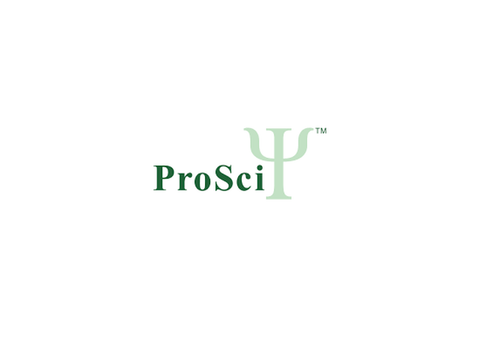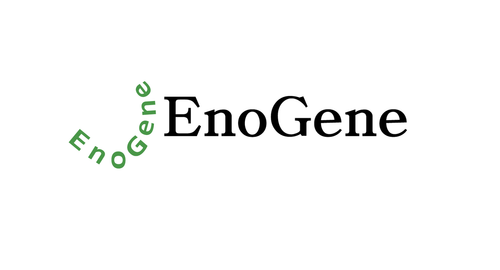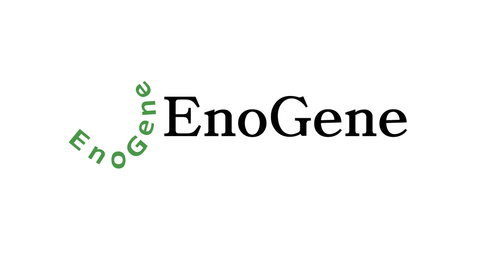Product Description
UGT1A4 Antibody | 30-239 | ProSci
Host: Rabbit
Reactivity: Human
Homology: N/A
Immunogen: Antibody produced in rabbits immunized with a synthetic peptide corresponding a region of human UGT1A4.
Research Area: Membrane, Signal Transduction
Tested Application: E, WB
Application: UGT1A4 antibody can be used for detection of UGT1A4 by ELISA at 1:312500. UGT1A4 antibody can be used for detection of UGT1A4 by western blot at 1.0 μg/mL, and HRP conjugated secondary antibody should be diluted 1:50, 000 - 100, 000.
Specificiy: N/A
Positive Control 1: Cat. No. 1211 - HepG2 Cell Lysate
Positive Control 2: N/A
Positive Control 3: N/A
Positive Control 4: N/A
Positive Control 5: N/A
Positive Control 6: N/A
Molecular Weight: 57 kDa
Validation: N/A
Isoform: N/A
Purification: Antibody is purified by peptide affinity chromatography method.
Clonality: Polyclonal
Clone: N/A
Isotype: N/A
Conjugate: Unconjugated
Physical State: Liquid
Buffer: Purified antibody supplied in 1x PBS buffer with 0.09% (w/v) sodium azide and 2% sucrose.
Concentration: batch dependent
Storage Condition: For short periods of storage (days) store at 4˚C. For longer periods of storage, store UGT1A4 antibody at -20˚C. As with any antibody avoid repeat freeze-thaw cycles.
Alternate Name: UGT1A4, HUG-BR2, UDPGT, UGT1D, UGT-1D, UGT1.4, UGT1-04, UDPGT 1-4
User Note: Optimal dilutions for each application to be determined by the researcher.
BACKGROUND: UGT1A4 is an enzyme of the glucuronidation pathway that transforms small lipophilic molecules, such as steroids, bilirubin, hormones, and drugs, into water-soluble, excretable metabolites. This enzyme has some glucuronidase activity towards bilirubin, although is is more active on amines, steroids, and sapogenins.This gene encodes a UDP-glucuronosyltransferase, an enzyme of the glucuronidation pathway that transforms small lipophilic molecules, such as steroids, bilirubin, hormones, and drugs, into water-soluble, excretable metabolites. This gene is part of a complex locus that encodes several UDP-glucuronosyltransferases. The locus includes thirteen unique alternate first exons followed by four common exons. Four of the alternate first exons are considered pseudogenes. Each of the remaining nine 5' exons may be spliced to the four common exons, resulting in nine proteins with different N-termini and identical C-termini. Each first exon encodes the substrate binding site, and is regulated by its own promoter. This enzyme has some glucuronidase activity towards bilirubin, although is is more active on amines, steroids, and sapogenins.
 Euro
Euro
 USD
USD
 British Pound
British Pound
 NULL
NULL










